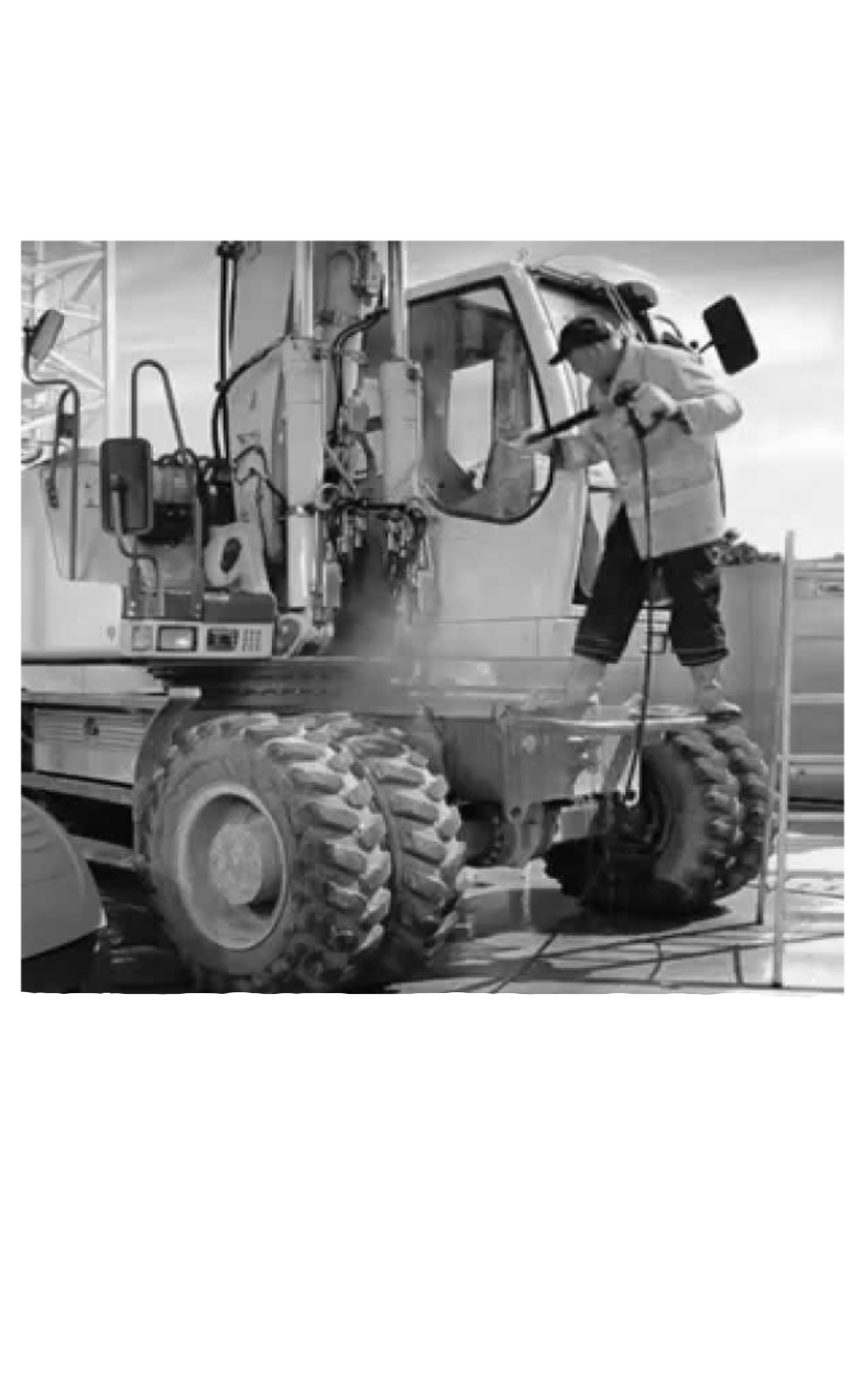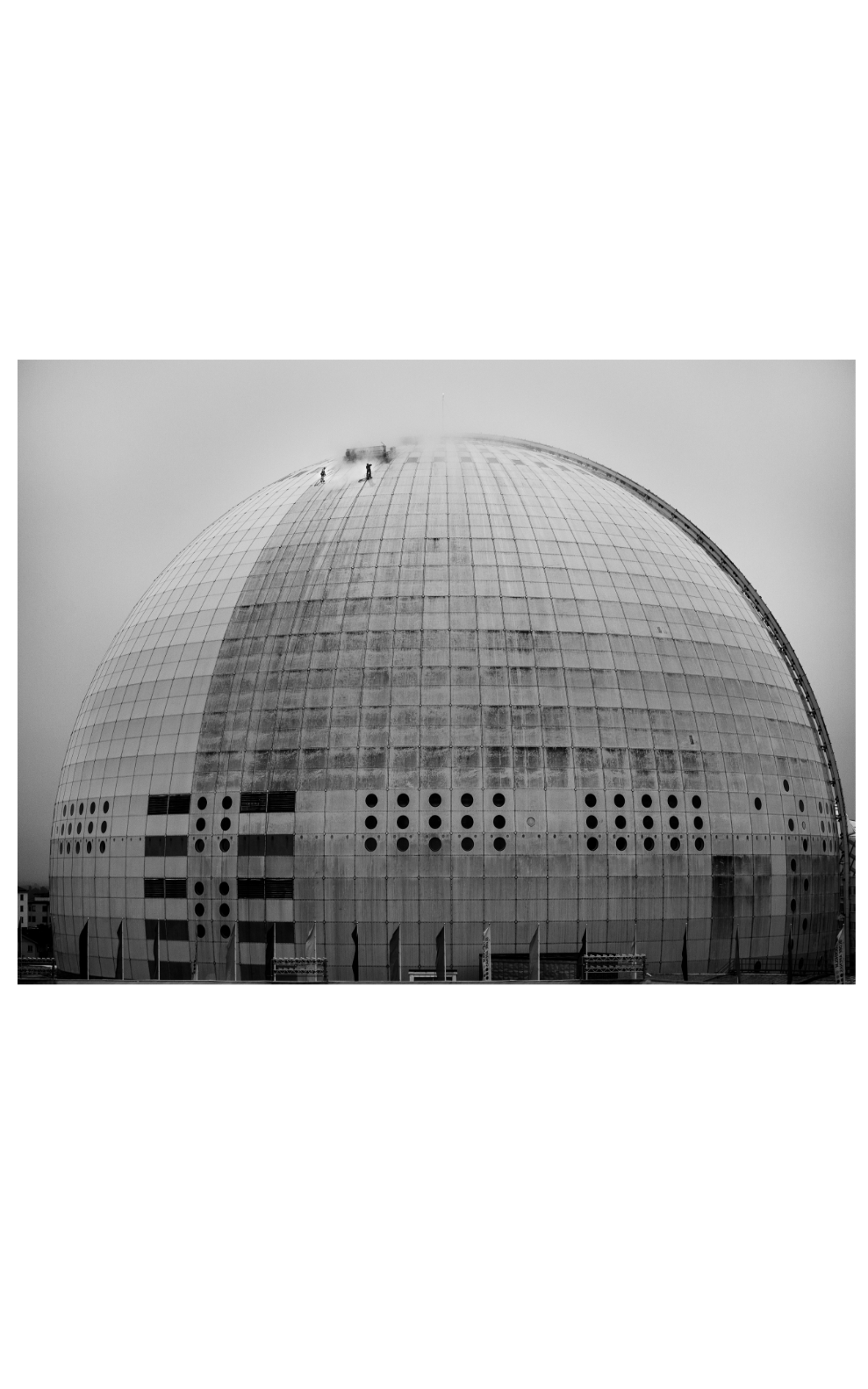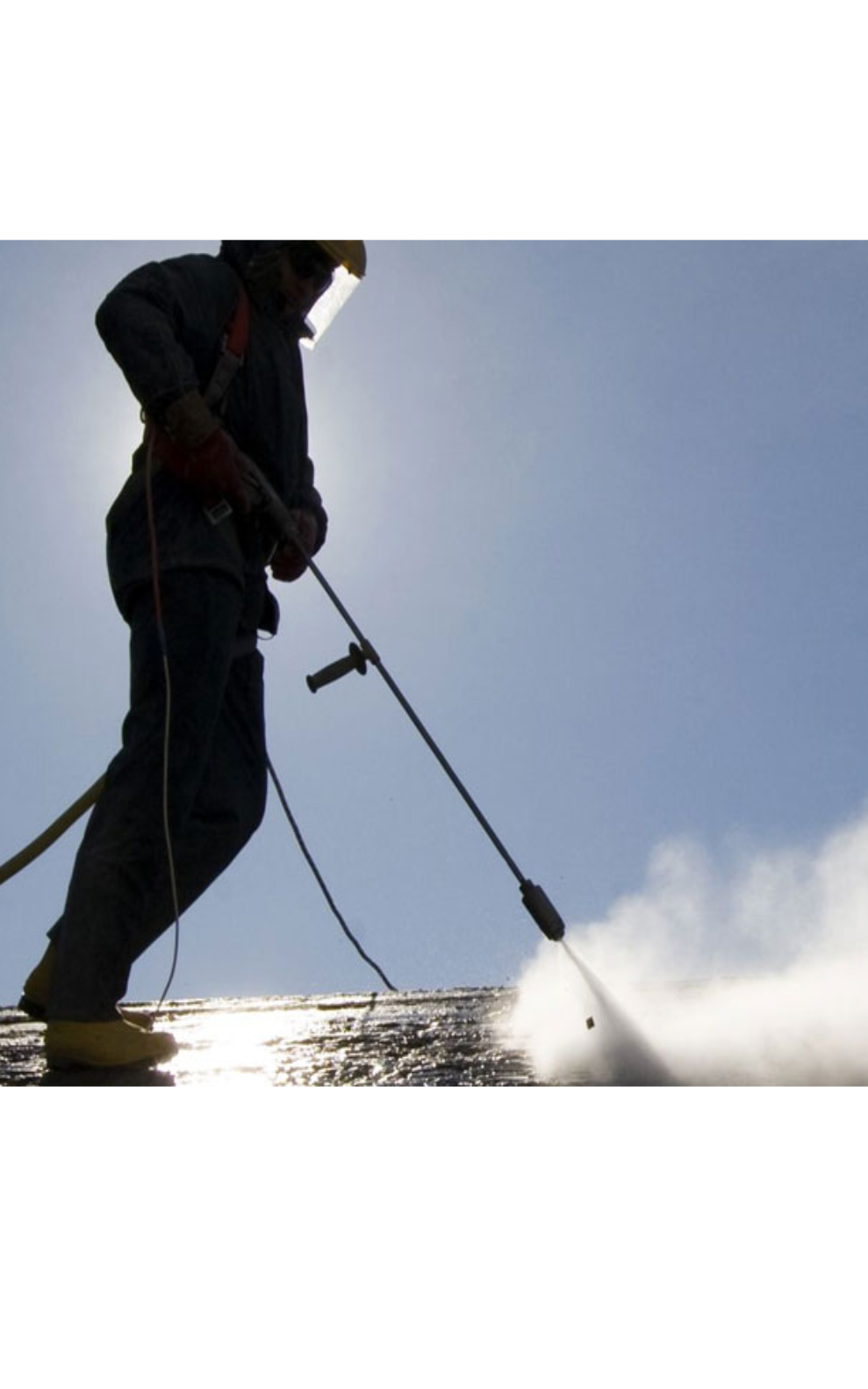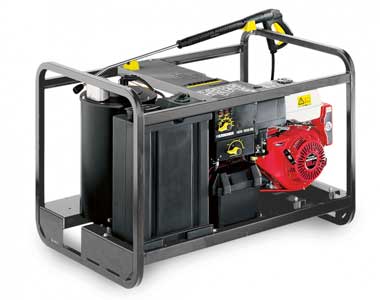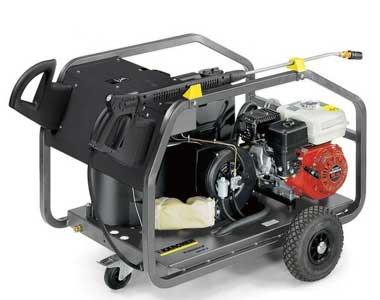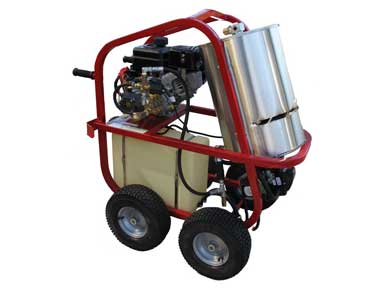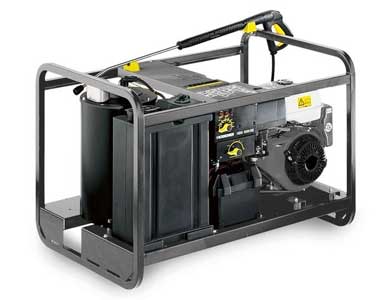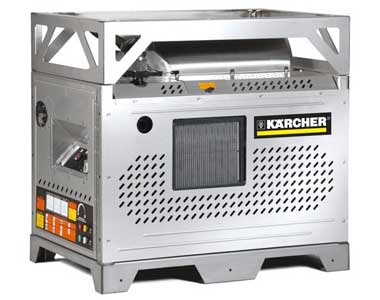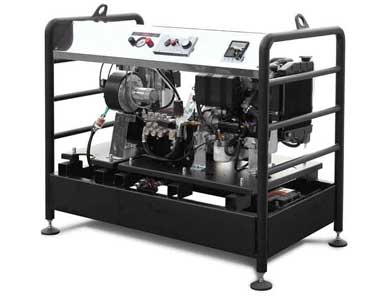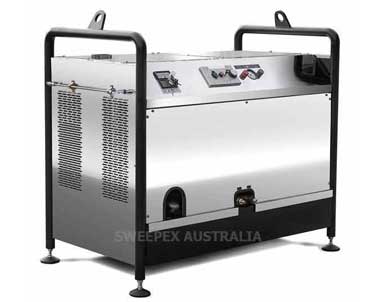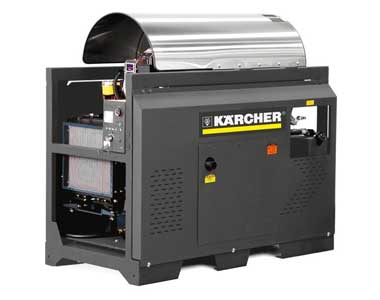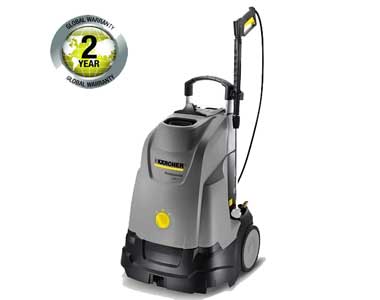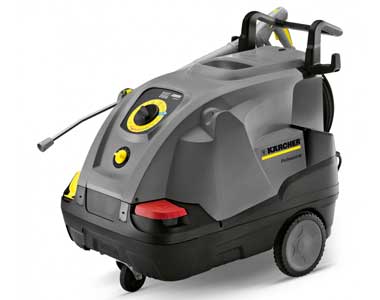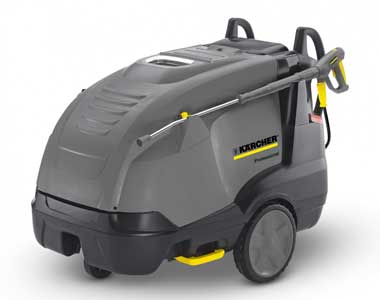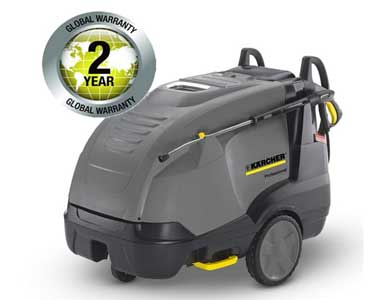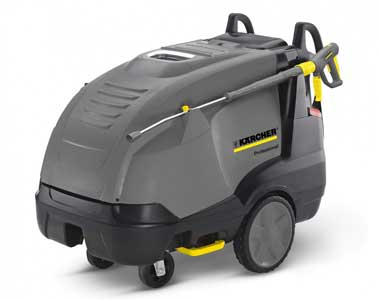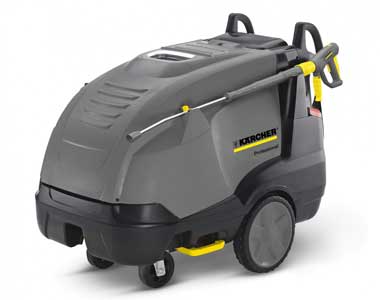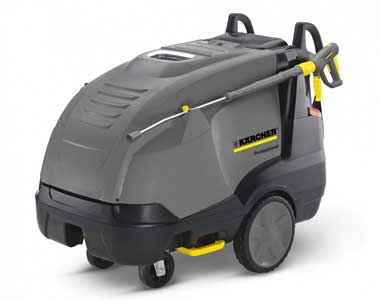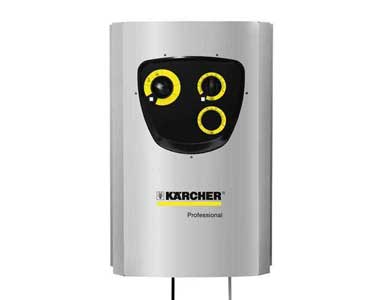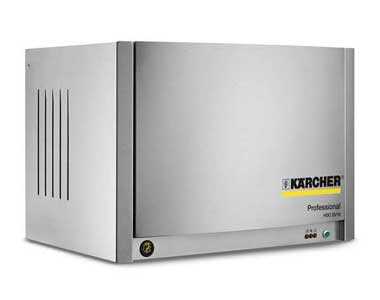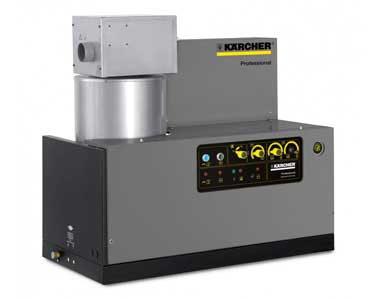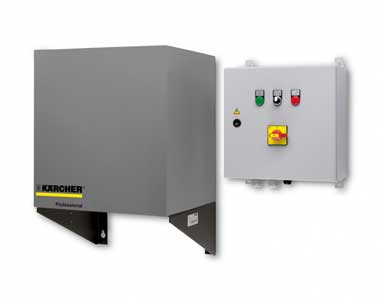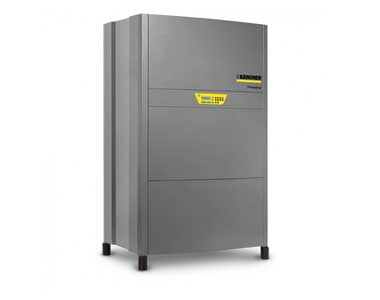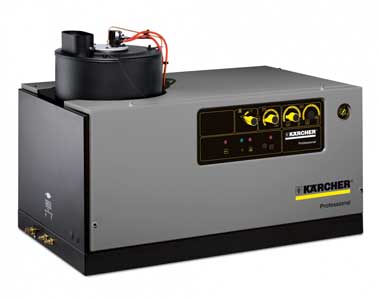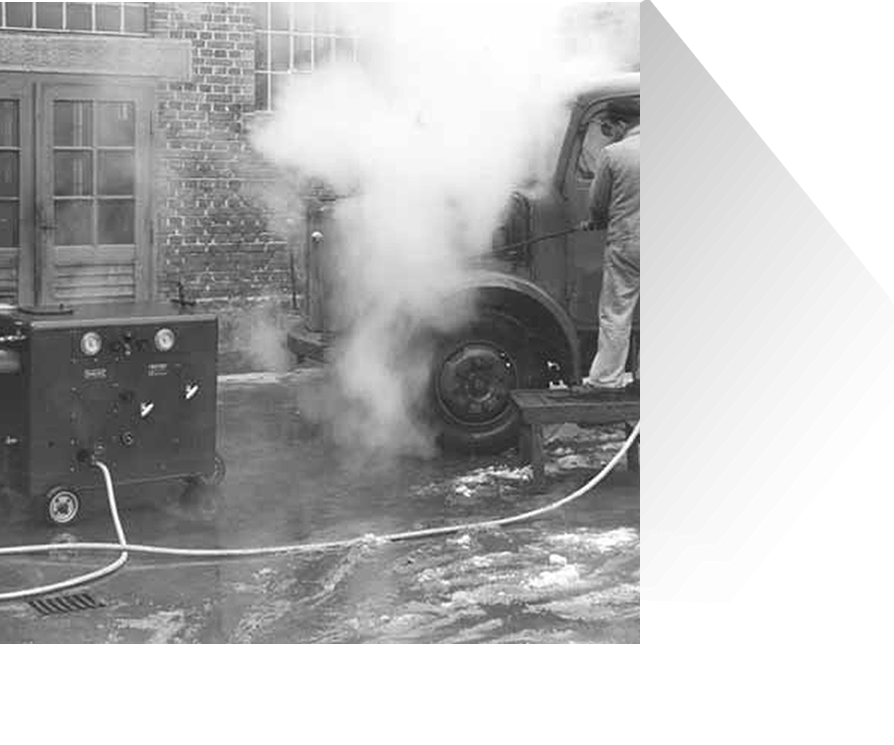
What are the benefits of pressure cleaning with hot water?
The Cleaning Process
In 1959, a German Chemist by the name of Herbert Sinner published "The Law of Mass Cleaning Action".
This Law describes the relationship between the four critical components in every cleaning process.
Four Critical Components
- Temperature of the Cleaning Solution.
- Time the Cleaning Solution "dwells" on the surface.
- Force or Mechanical Action applied to the surface.
- Concentration of Chemical.
The Sinner's Circle
Dr Sinner explained the Law by using a simple diagram, now referred to as the Sinner's Circle.
DIAGRAM 1

Dr Sinner was employed by the German chemical manufacturer Henkel AG & Co. KGaA.
Henkel AG & Co. KGaA continue to acknowlege the simplicity and significance of Dr. Sinner's Law by means of an annual award given in his honour. It is presented to a student responsible for the most outstanding and fundamental findings related to the application of detergents and cleansers.
Interpreting The Sinner's Circle
There are some that misinterpret the Law by stating that we must keep everything in equilibrium.
This is not correct.
Dr. Sinner's Law states that by increasing one component, we are able to reduce one or more of the other components.
Similarly, if we reduce one component, we must increase one of more of the others to compensate.
So, to achieve the greatest efficiency in any cleaning process, we may need to break the equilibrium.
For example:
DIAGRAM 2
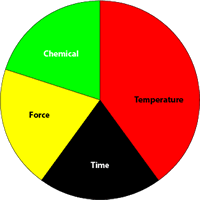
Here, we have increased the Temperature Component of the cleaning process by using Hot Water. This has allowed reductions in the Time, Force and Chemical Components.
DIAGRAM 3
Next we increase the Force or Mechanical Action by using Hot Water with a Pressure Cleaner.
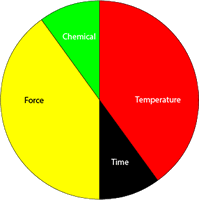
Now, both Time and Chemical Compenents have been reduced. And with the cost of Labour and the cost of Chemicals being critical factors in the overall cost of cleaning, we are heading in the right direction.
